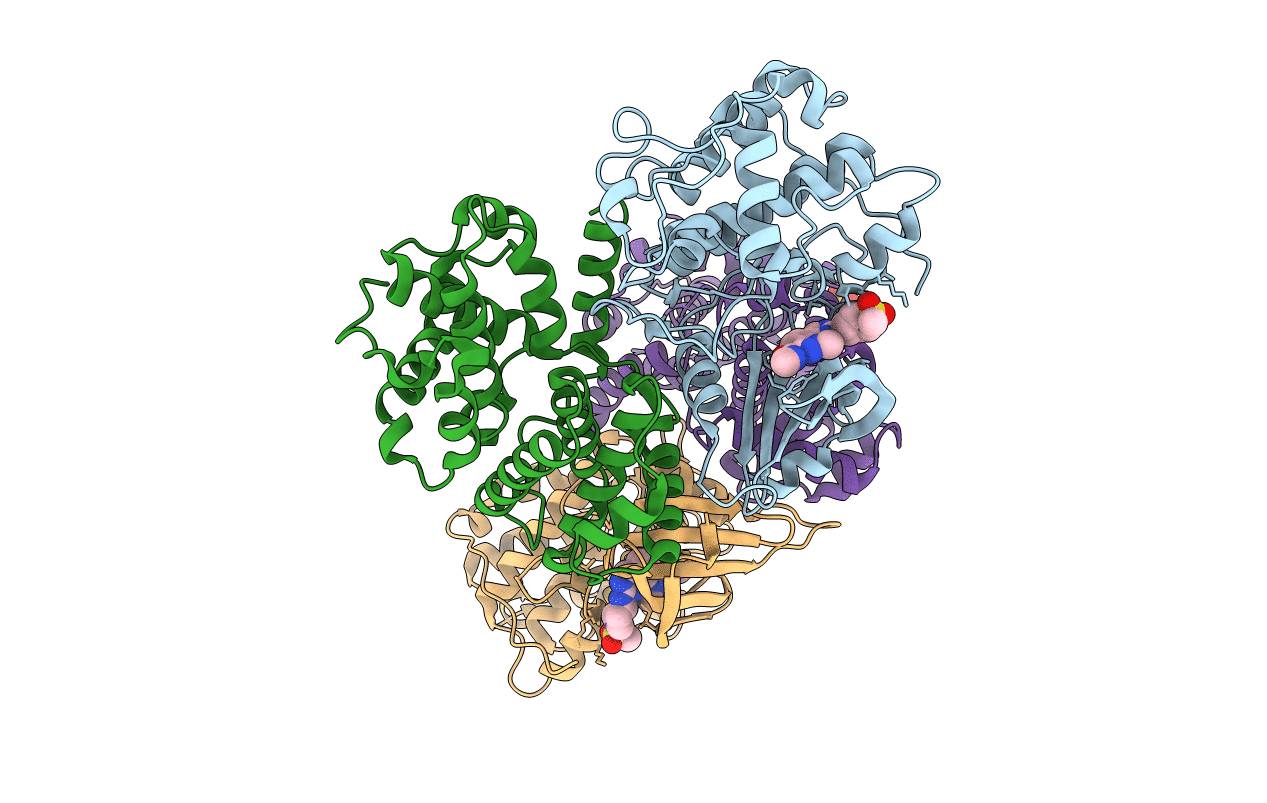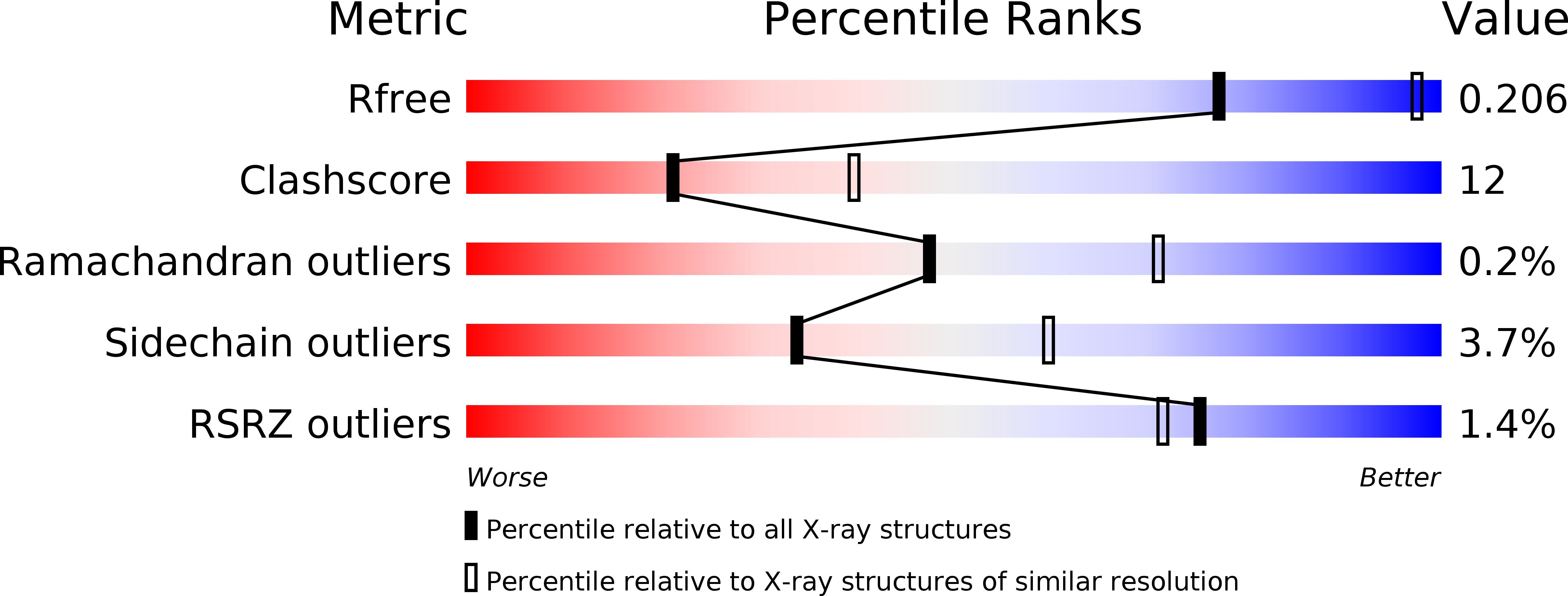
Deposition Date
2009-11-10
Release Date
2010-02-23
Last Version Date
2024-05-08
Entry Detail
PDB ID:
2WXV
Keywords:
Title:
Structure of CDK2-CYCLIN A with a Pyrazolo(4,3-h) quinazoline-3- carboxamide inhibitor
Biological Source:
Source Organism:
HOMO SAPIENS (Taxon ID: 9606)
Host Organism:
Method Details:
Experimental Method:
Resolution:
2.60 Å
R-Value Free:
0.24
R-Value Work:
0.21
R-Value Observed:
0.21
Space Group:
P 62 2 2


